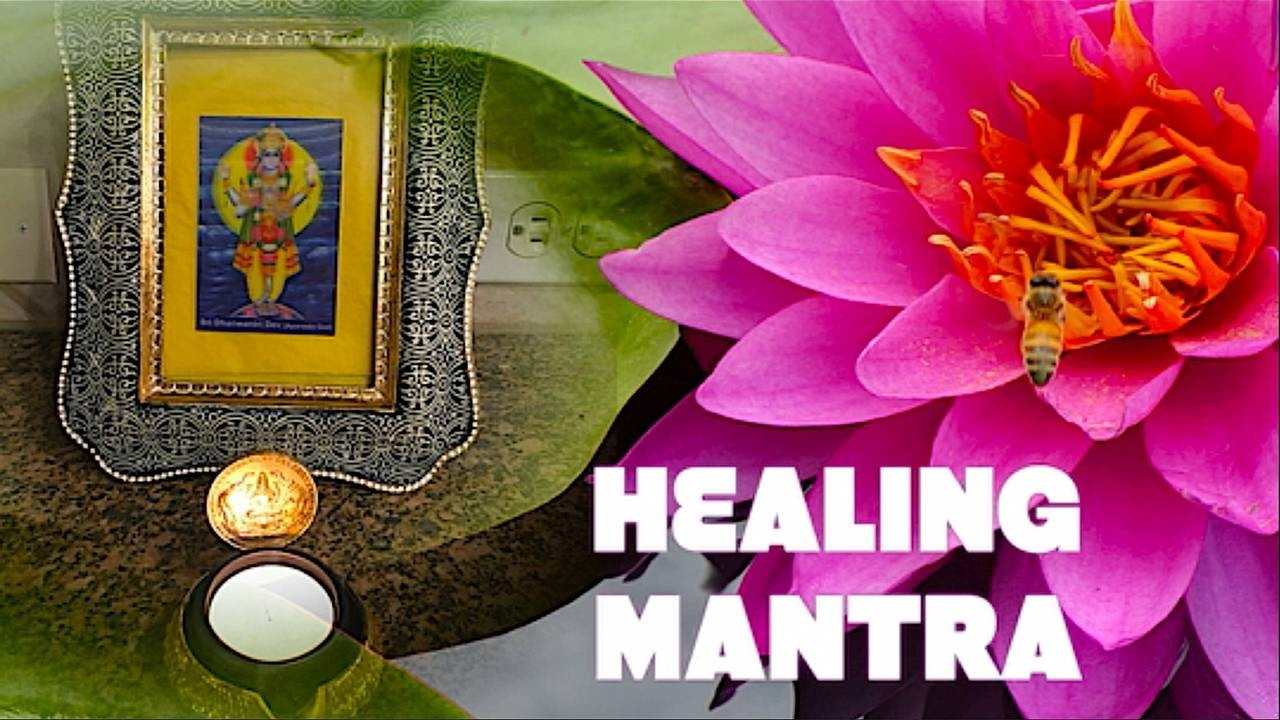Cultivating A Core Mantra Practice

What better way to begin a new year than with fundamentals? At the heart of mantra practice, which for us in our Yogic Mystery School is quite sophisticated, is what we identify as our core mantra practice.
In my book, The Yoga of Sound: Tapping The Hidden Power Of Music And Chant, I describe our core mantra as one that simultaneously, by its sound and its meaning, conveys to us a sense of the highest reality.
This understanding is just the starting point of our process. The two significant forks on the road are:
- Do you have such a mantra?
- Does it continue to serve its purpose?
- Is this mantra sufficient for all your needs?
If you can answer yes to these questions, it is unlikely that you need mantras.
On the other hand, most people will not answer no to at least one question.
Each of these questions deserves its own process of discovery.
Let's begin with the first.
1) Do you have a core mantra?
If you don't have one, here are two examples:
oṁ namaḥ śivāya |
oṁ...
Learn A Mantra: Pray For The World

Life is precious, and it is precious to be in a relationship with other humans. There is a beautiful mantra that we pray that goes, Sarvesham Svasthir Bhavatu.
It's a beautiful mantra to pray for the world because many mantras, Vedic mantras in particular, are praying for the well-being of all. Sarvesham means everybody, all creatures, all beings. Sarvesham Svasthir Bhavatu.
Svasthi is this beautiful word that connotes blessing on the one hand and well-being on the other. May there be a sense of well-being that prevails in our world with everybody. Sarvesham Svasthir Bhavatu.
Sarvesham Shantir Bhavatu. That there be peace, that there is this prevalence of peace in human consciousness. Sarvesham Purnam Bhavatu.
Again, the word Purnam, in the middle of these other words that are recurrent, Sarvesham and Bhavatu, means fullness, and we can interpret it two ways. On the one hand, we can say that this is a prayer asking everybody to be filled with the fullness of God's presence, and we ...
Mantra And Change

Science, we know, is constantly making discoveries in ways that reinforce some theories while others are either discarded or forced into being modified or upgraded. In Darwinian fashion, only the fittest theories survive. In this manner, science mimics the development of our consciousness in our lives.
As we evolve, some of our thoughts, behaviors, habits, and beliefs are reinforced because they align with the discoveries we make in life. In many instances, however, we are challenged to discard outmoded ways of thinking and behaving or upgrade them to be in alignment with our evolving consciousness. Many humans resist this process.
We often tend to embrace only those discoveries that align with our established thoughts, behaviors, habits, and beliefs. Adapting ourselves to change does not come naturally to us, especially when the rate of change is as rapid as it is in our post-modern civilization. It is our predicament today, and mantra practice can help.
The way to work with evolutio...
Learn A Mantra For Healing

We can use any mantra for healing. However, understanding a mantra and, more importantly, cultivating a relationship with the power or intelligence behind the mantra can further the healing process.
Where does one begin with mantras and healing?
One way is to invoke the God of Healing: Dhanvantari.
Here are two variations:
om namo dhanvantaraye
or
om dhanvantaraye namaha
Learn more about sacred sound
In the video below, I share the pronunciation for this mantra for healing along with some chanting and other information.
Below the video, you will find reflections to help deepen your mantra practice around healing along with some questions for journaling.
Click the play button on the video below:
Questions for journaling and reflection:
When we need healing, we follow directions. What's the mantra for healing, we ask. Someone gives us a mantra, and we say it with faith.
What is it then that heals us: our faith or the mantra? Is the mantra a vehicle for our faith? Or is our fa...



